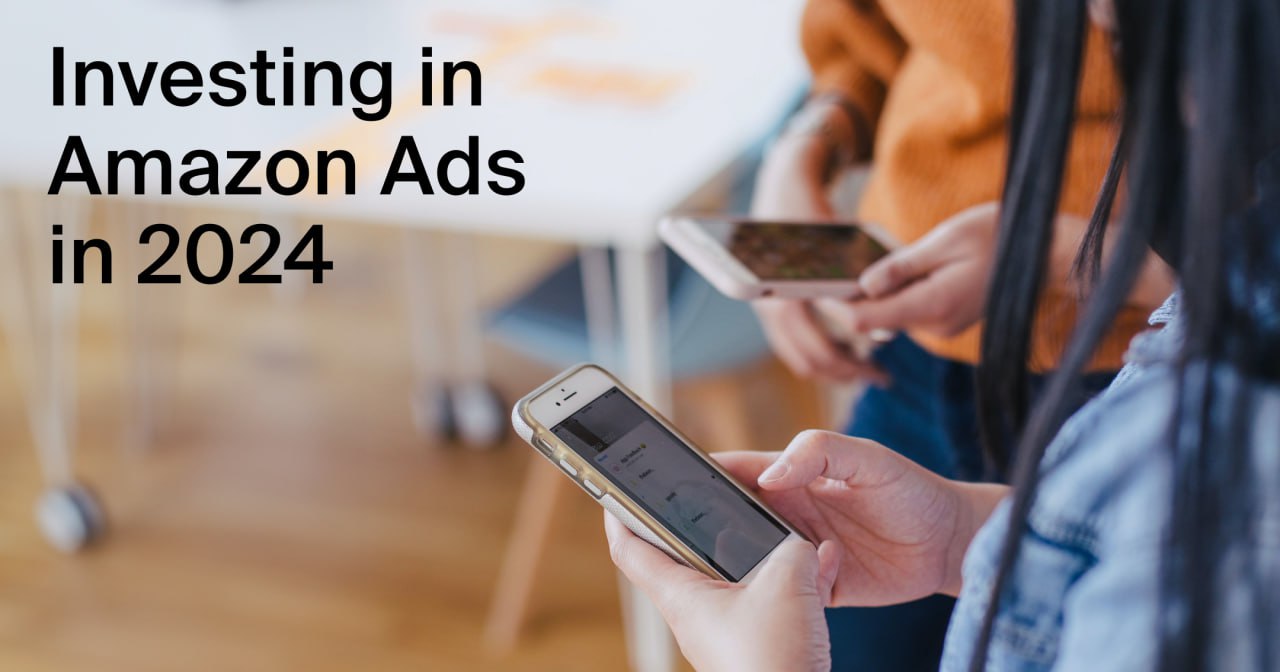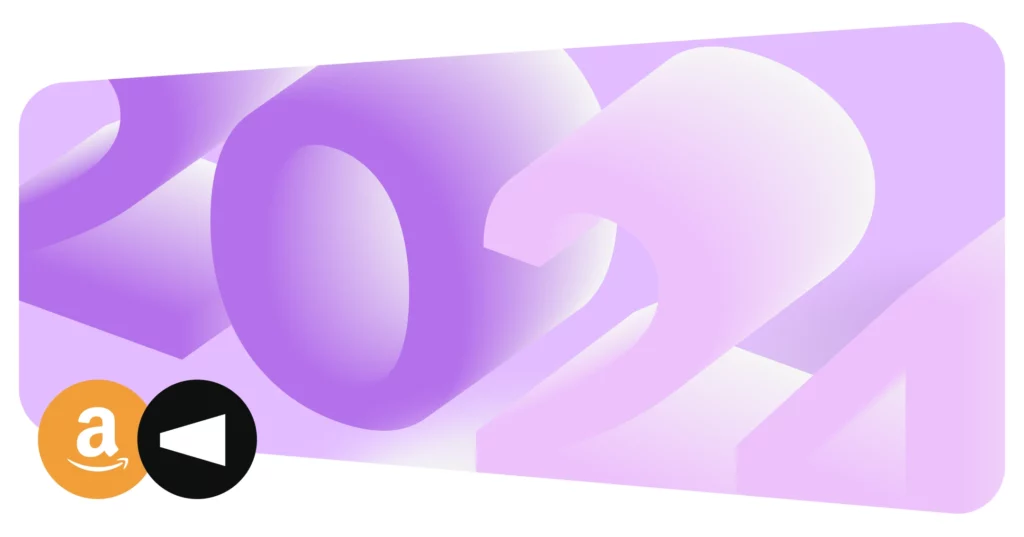
Five or six years ago, many sellers could be successful on Amazon with a quality, differentiated product, without investing in Amazon ads. But today, that just isn’t possible. In fact, successful Amazon sellers have to spend anywhere between 10 percent and 20 percent of their sales on Amazon ads — percentages that have been steadily rising over the past few years.
And the costs of individual ads are rising too. According to Statista, in 2022, the average cost-per-click (CPC) for sponsored product ads on Amazon in the US was $0.98 USD. This marked an increase from the previous year when it was $0.90 USD, suggesting a yearly growth rate of 9%.
With sellers needing to invest in Amazon Ads in order to be successful, but costs of advertising increasing rapidly, the big question is: if we are to grow sustainably, how should we set a budget and invest in Amazon Ads in 2024?
In this post, we will take a look at answering this key question.
Table of Contents
How does bidding work on Amazon Ads?
Just like Google Ads, Amazon Ads work based on a bidding system. The most important difference is that while users on Google might be doing some product research, users on Amazon are there to buy. This gives Amazon Ads a bigger possibility to turn into sales.
Amazon bidding allows sellers to place bids for keywords or products and show their ads to potential buyers. It is a cost-per-click (CPC) model.
You should also bear in mind that Amazon ads operate on a second-price auction system. This means that if you have the winning bid for a specific placement, you pay one cent more than the next highest bid, even if your bid amount is higher.
For instance, suppose you bid $1 for the keyword “vacuum cleaner,” and a competitor bids $2 for the same keyword. The competitor would secure the placement on the search page
but only pay $1.01 whenever their ad is clicked. The winner pays just one cent more than the second-highest bid in this auction model.
How do you set a CPC budget for your products?
As mentioned, successful Amazon sellers must spend between 10 and 20 percent of their sales on Amazon ads. However, this might vary from niche to niche. There are products with lots of competition, making it almost impossible to have a healthy bid and profit margin. On the other hand, there are niches with plenty of room to grow.
The most important thing is setting up a healthy budget to let you grow while avoiding high risks. Creating a value-based bidding system on Amazon involves considering several critical factors for each product. While delving into the complexities of bidding based on the value per click is a broad topic, the main steps include:
1. Determine your pre-ad gross margin.
Understand how much profit you make before accounting for advertising expenses. This figure indicates your financial flexibility for a specific product.
2. Evaluate your product’s life cycle stage.
Consider your product’s current stage in its life cycle. Are you launching a new product and willing to go beyond your margin temporarily to boost initial sales volume? Determine the sustainability and duration of such a strategy.
3. Define your profitability tolerance.
Establish your acceptable level of advertising cost compared to your margin. For instance, if your product has a 30% margin, running at a 30% Advertising Cost of Sales (ACOS) won’t yield profits. Adjust this tolerance based on keywords (brand, competitor, or generic), current organic rank, and Amazon Best Seller Rank.
4. Analyze your product’s price and competition.
Assess your product’s pricing concerning top-ranked organic competitors. If your price isn’t competitive, consider a longer advertising lead time to boost sales velocity and review volume, paving the way for substantial organic growth in the future.
How to lower the CPC?
Once you’ve set a healthy budget, it’s time to focus on how to make the most of it. Selecting the appropriate bid is crucial because your advertisement will only be displayed if you win a spot in the auction. We advise setting your default paid ads at the keyword level, not an ad-group level. This approach allows you to meticulously assess the actual value of a click by considering factors like product margins, placement, conversion rates for a specific keyword, and the overall volume generated by that keyword.
Although this strategy for Amazon sponsored ads encourages efficient growth, it demands continuous adjustments based on market dynamics and data. For instance, a keyword with consistent high-volume conversions might perform exceptionally well for a month. However, if a trend emerges where fewer people purchase your product after clicking the ad, the conversion rate might drop. Failing to adjust this campaign could lead to spending more on ads than what you earn from product sales. Therefore, it’s essential to shift your bids and monitor metrics such as conversion rate or conversion volume.
While manually calculating and making these adjustments is manageable for small sellers, as your Amazon business expands, doing this at scale becomes impractical. Utilizing bidding technology software to automate this process can significantly enhance efficiency and effectiveness.
How do I get help managing my Amazon Ads?
Eventually, every successful Amazon seller requires support to manage their Amazon ads. That’s where Sellesta comes in—our most significant strength: a combination of a software solution reinforced by human expertise. Amazon Ads by Sellesta helps you create campaigns tailored to your objectives. You’ll have a seamless service throughout all your campaigns, from beginning to end. Not only do we leverage AI to identify high-performing keywords and most profitable niches, but a team of experts ensures your campaigns are running effectively.
Our full-cycle ad management software is crafted to streamline your workflows, saving you valuable time on advertising tasks and significantly boosting profitability. With budget-friendly pricing it offers a hassle-free way to take charge of your Amazon advertising efforts.
Given the recent streak of price increases, it is probable that Amazon will continue to increase the price for advertising in the near future. Only those who face the future with a strong strategy and the right tools will be able to succeed in this fierce marketplace.
Book a demo today and learn how to prepare your business with Sellesta!


